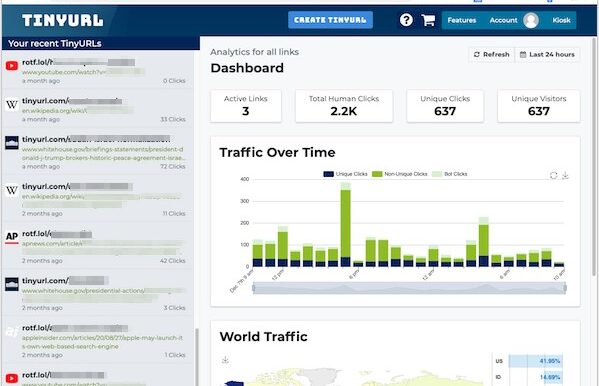

In contrast, the Postgres database we chose is stateful by default and can soon become a bottleneck. The frontend server is stateless and started up in multiple machines to handle increased load.

We have a frontend server implementing REST APIs, which needs a database for storing and fetching urls.
#Tinyurl design software
Now, let’s start with a high level design where we break the application into independent services and choose suitable software stack for them. We shall iteratively locate and eliminate such bottlenecks going forward. In reality however, a sub-system in the application can become a bottleneck as an attempt is made to scale the system. A fully scalable system can be scaled by throwing more hardware thus making arbitrary throughput numbers such as those listed above possible. The Performance and throughput numbers that we hope to achieve is a function of system design and hardware. Also, services should be “elastic”and scale automatically by bringing more nodes into service as traffic increases. Performance expectations from the API to retrieve the original url is higher because it will be requested frequently and hence it is critical for the end user experience.

Our core logic is probably around 50 lines of Python! Further, a simple and and easily understood design goes a long way in building software whose scalability can be improved over time. Kubernetes is a great enabler of scalability for such micro-service based applications. We will break the application into multiple autonomous services, which facilitate independent scaling of parts of the application. You’ll be introduced to the Dockers and container management software, specifically Docker Compose and Kubernetes, which constitutes a helpful toolset for building scalable/distributed apps. We will start with the high level architecture as well as the software stack and planned deployment options. Specifically, we will create a REST service that will provide APIs to create a tiny url and retrieve the original url.

We will deploy the app in Docker Compose for local testing and later in Kubernetes for scalable deployment in a public cloud. This gives us the opportunity to work on design topics without being bogged down with functionality details. Although this application appears simple from the functionality side of things, we still may run into all the scalability pitfalls that could be found in more complex applications. Tinyurl application is a popular system design topic too, whose function is converting a long url into a shorter version. We’ll discuss design of the well-known Tinyurl application, which we’ll build from scratch.


 0 kommentar(er)
0 kommentar(er)
